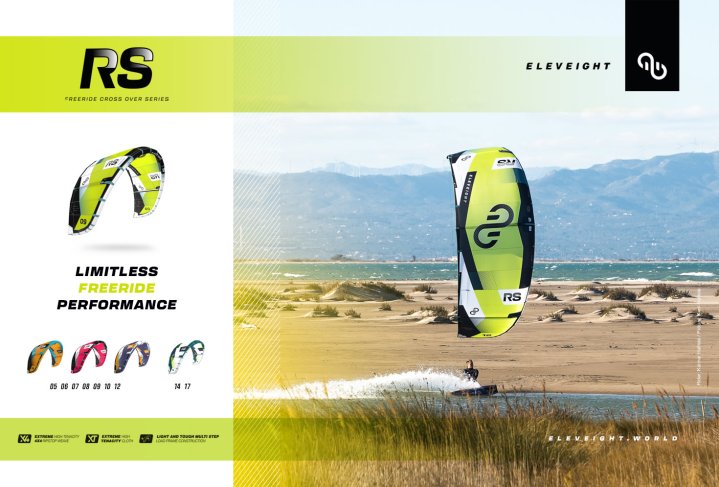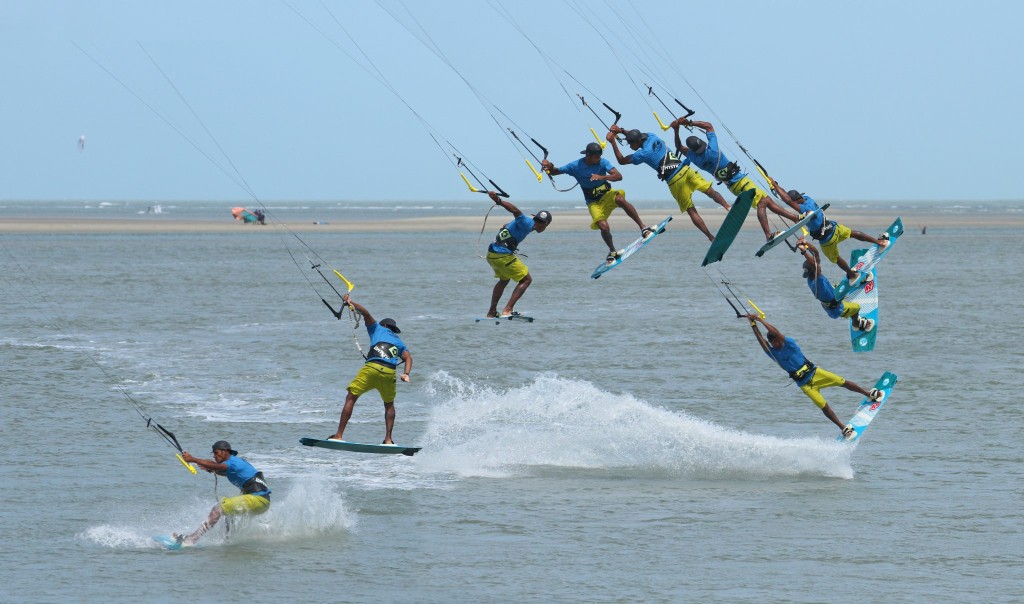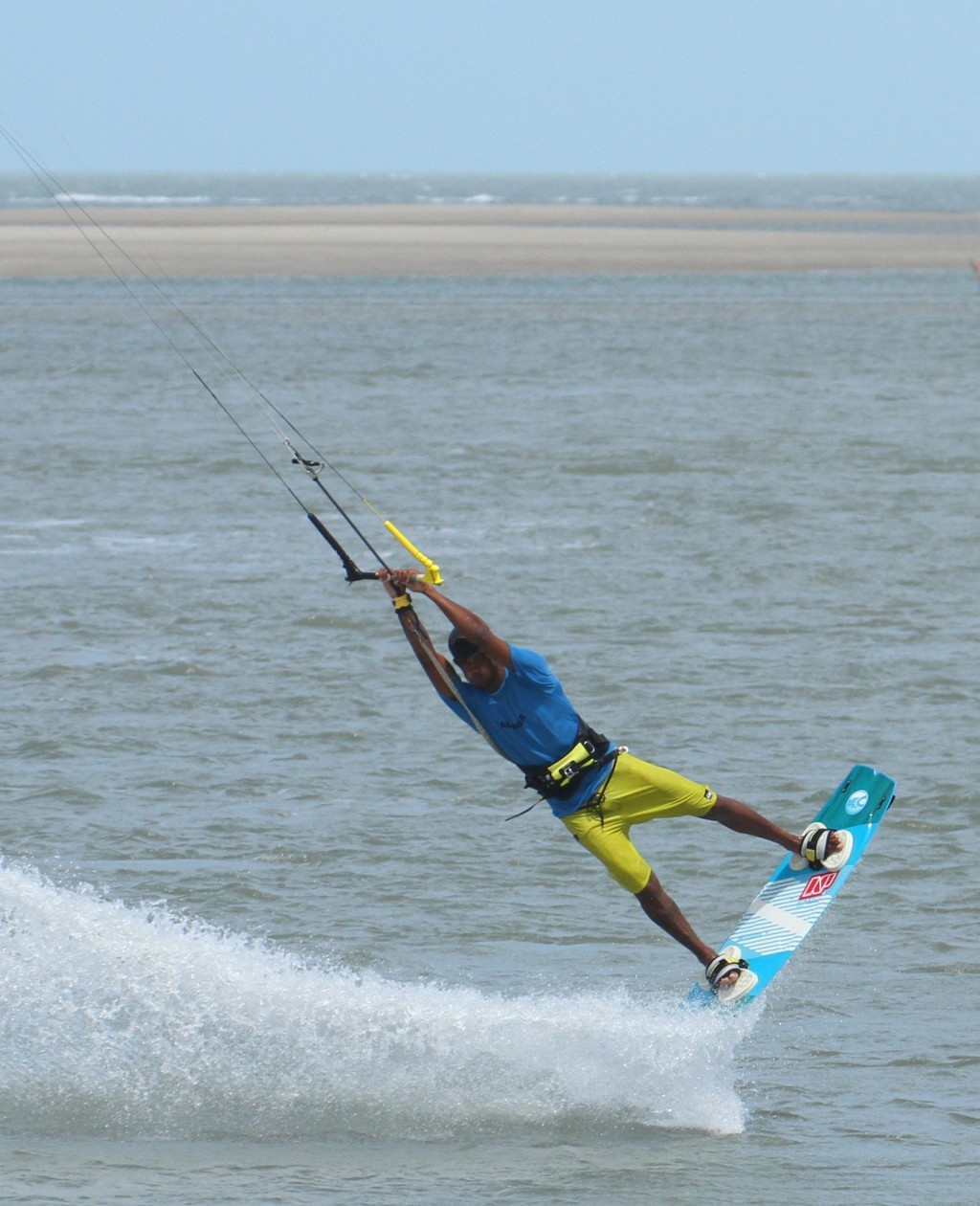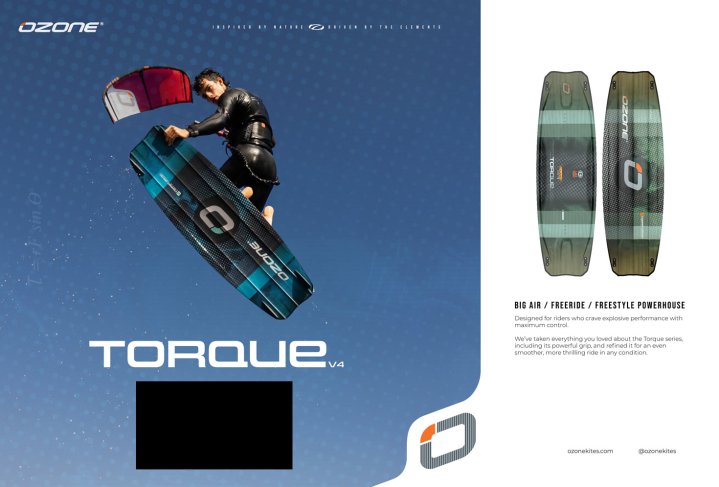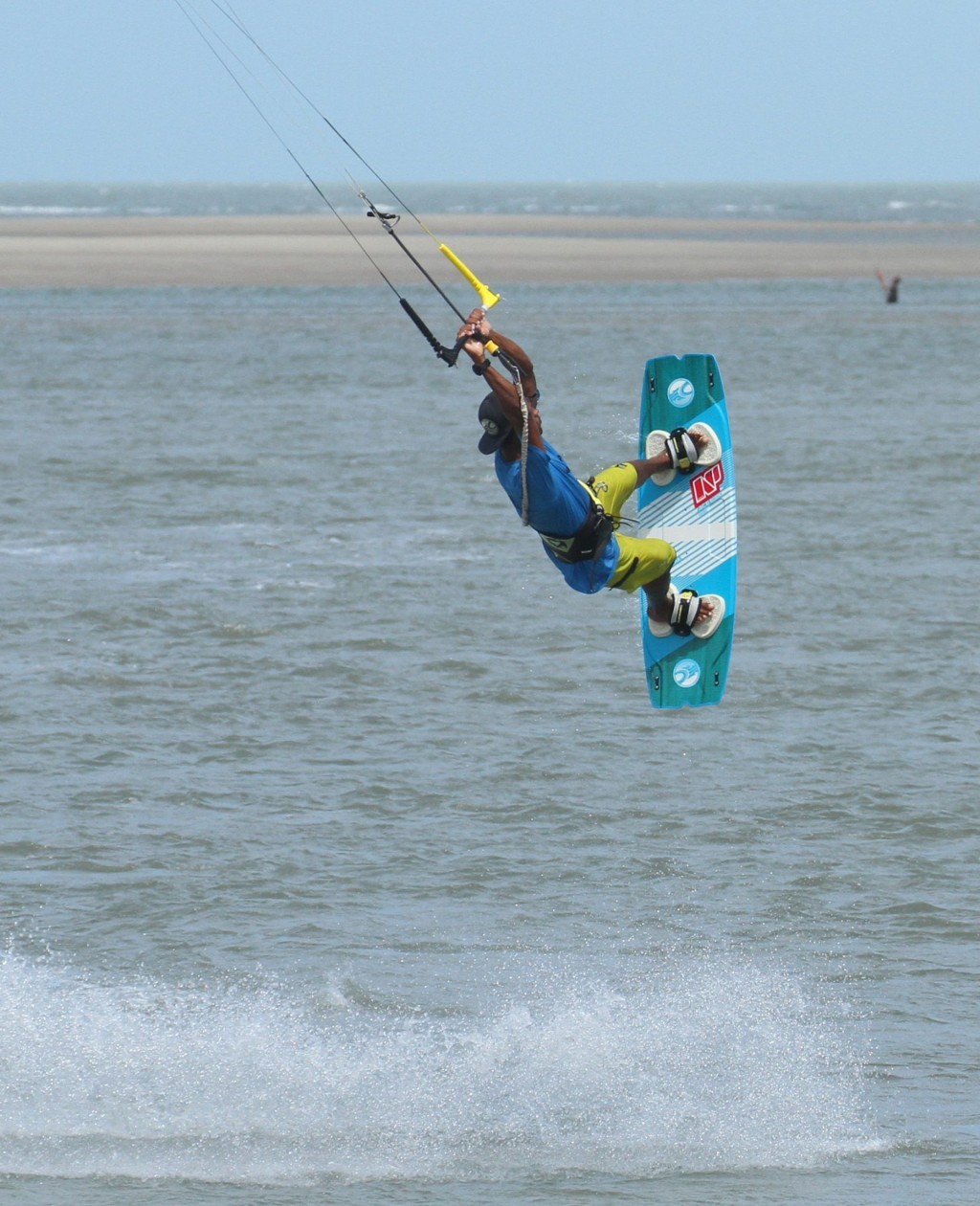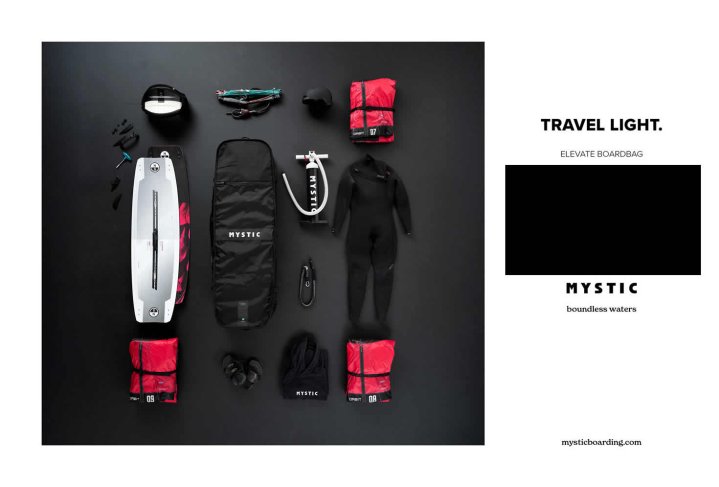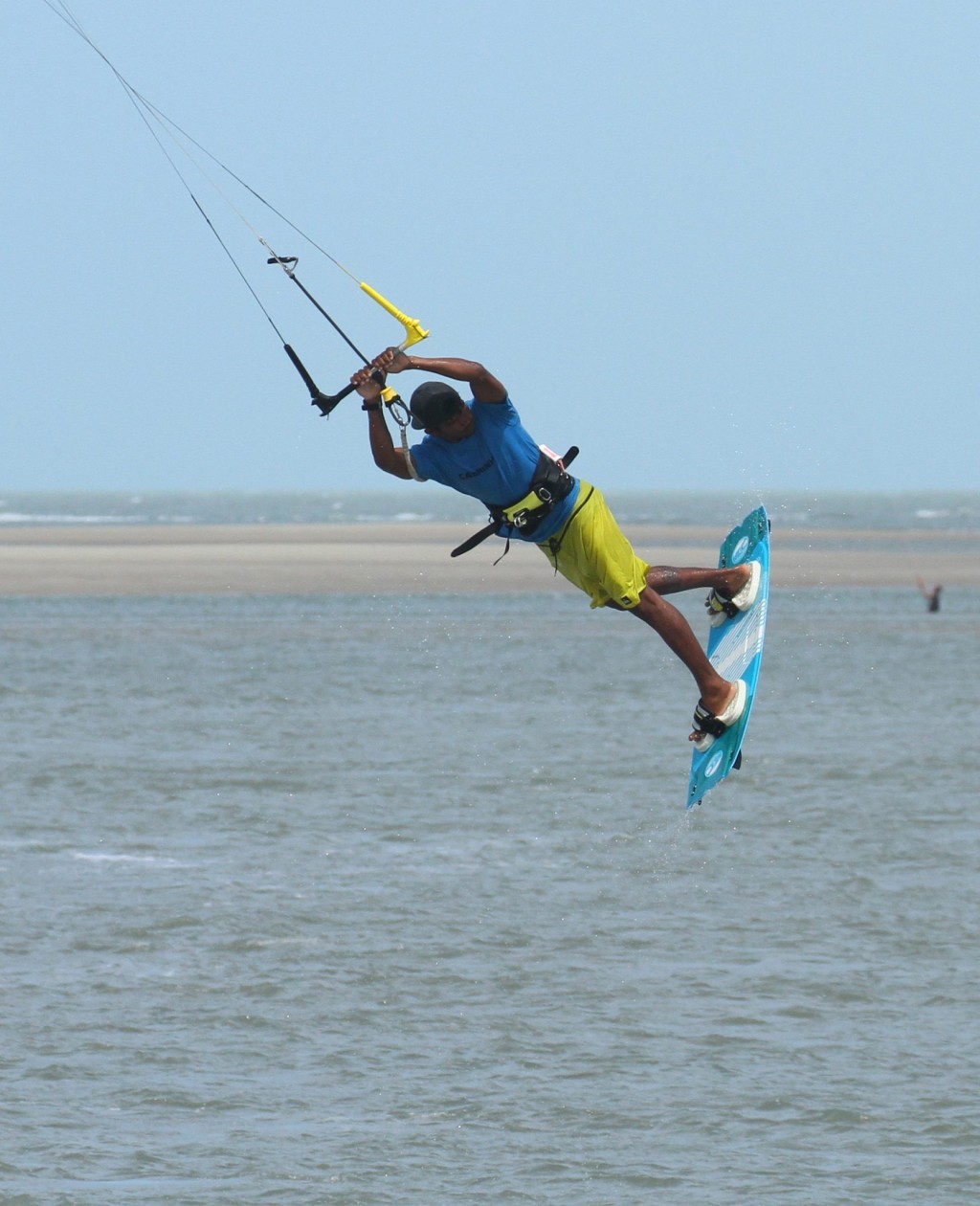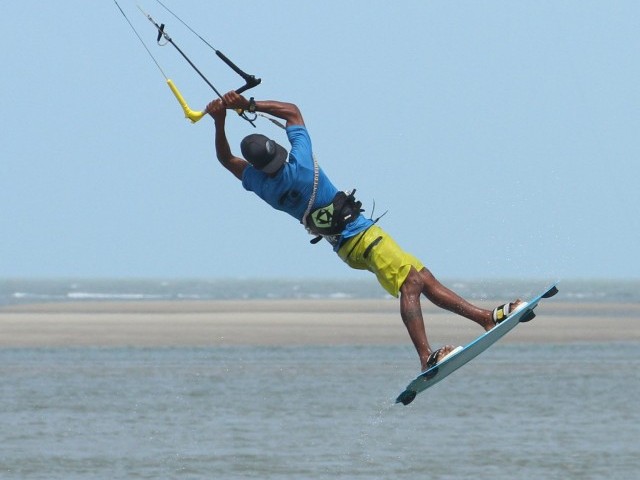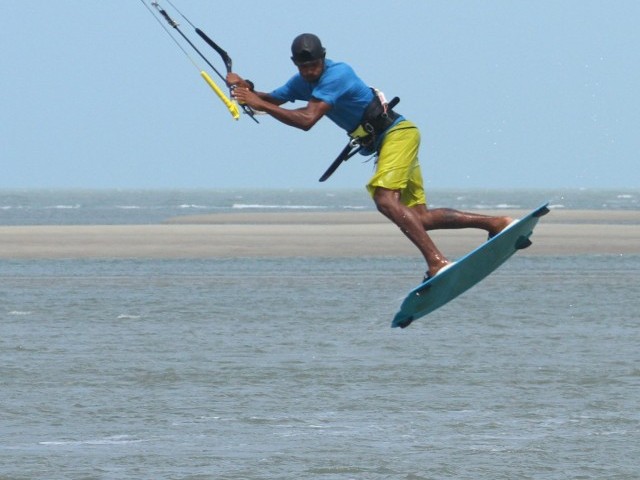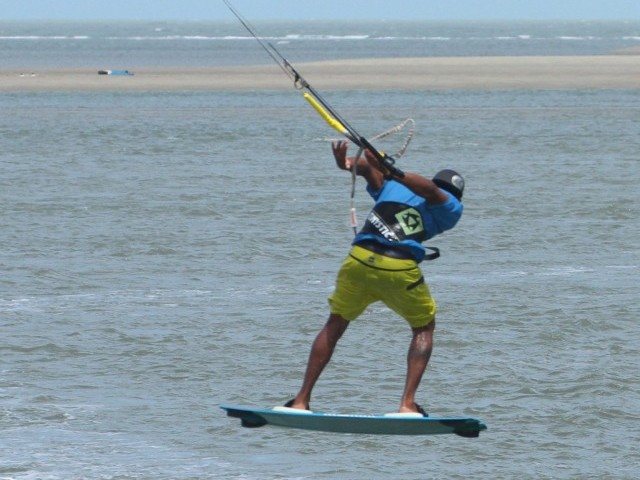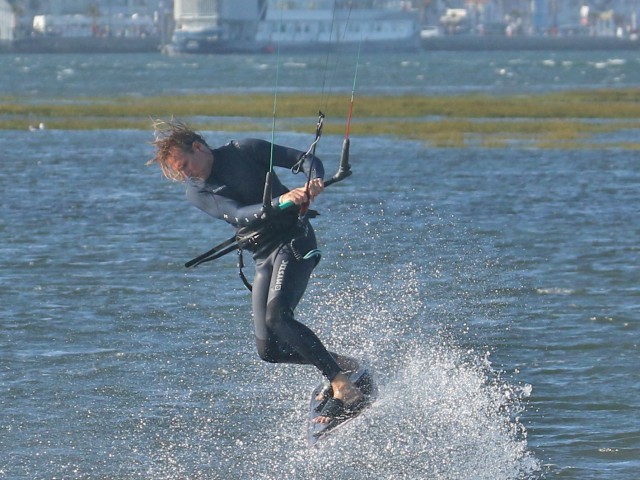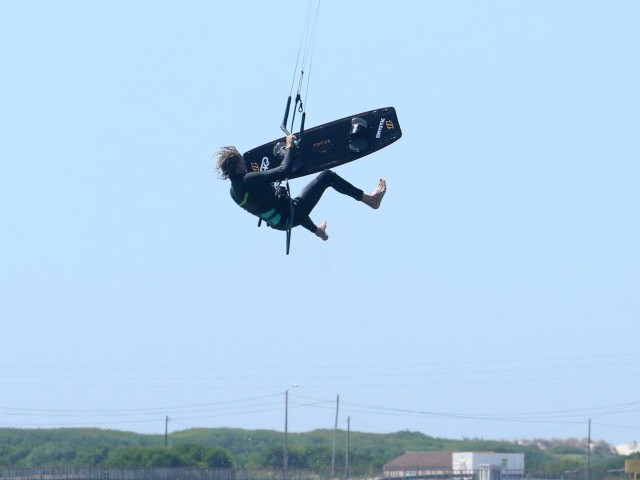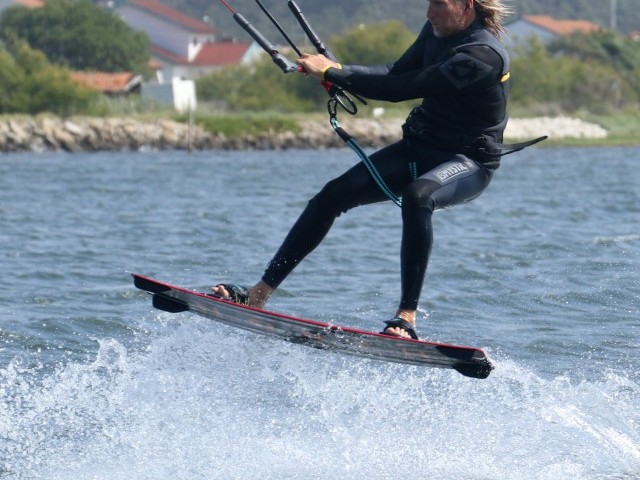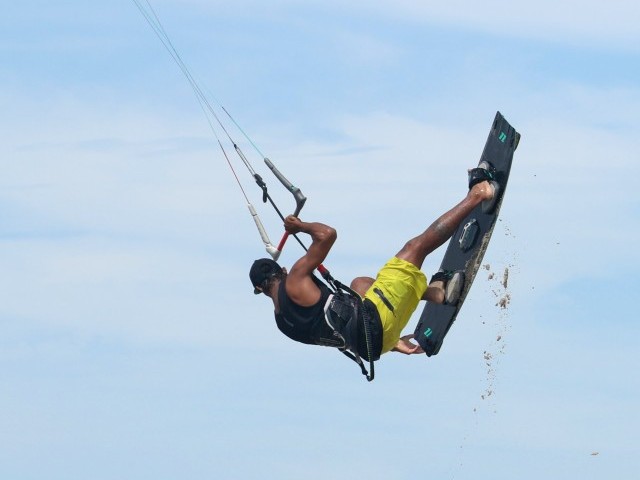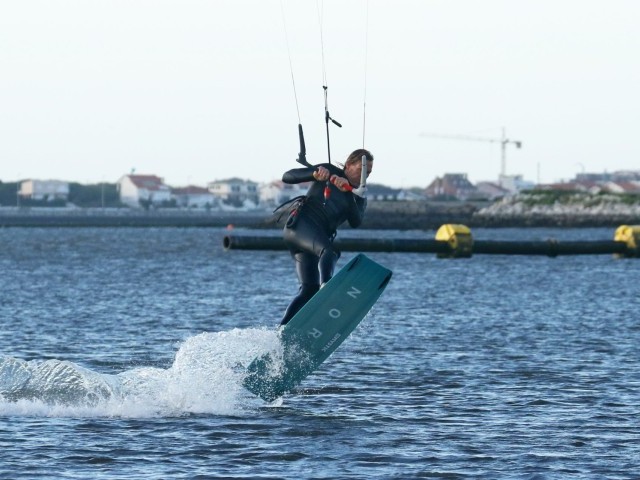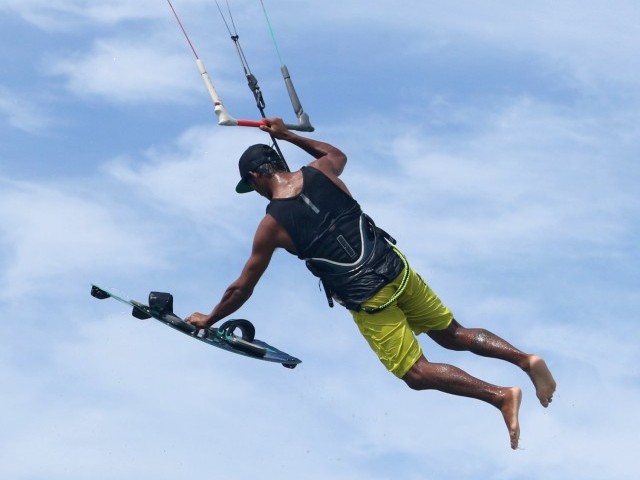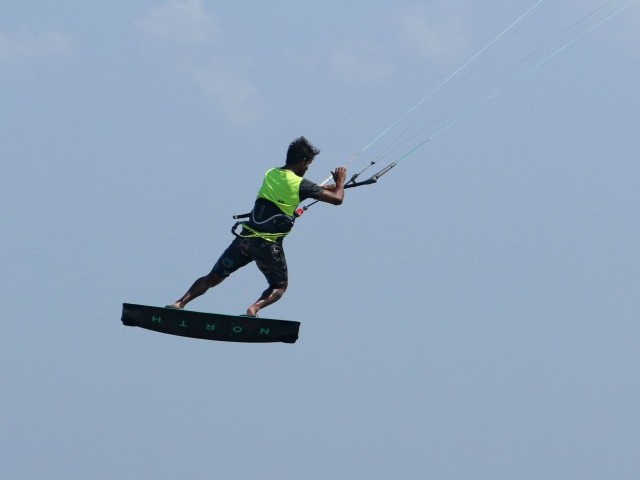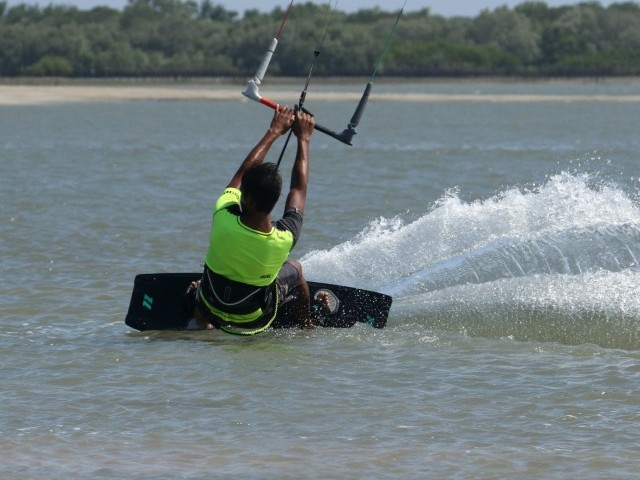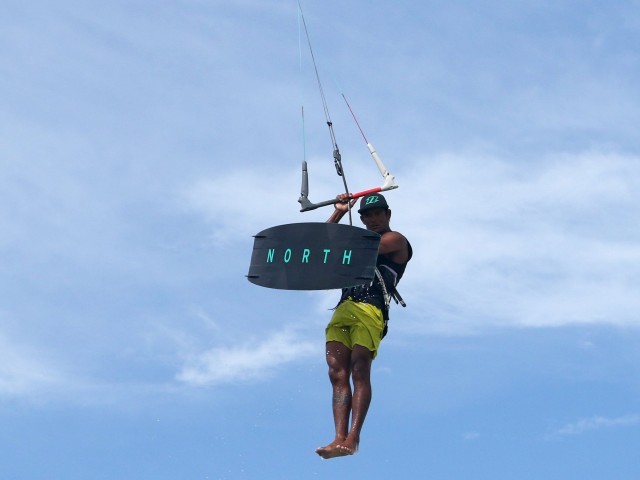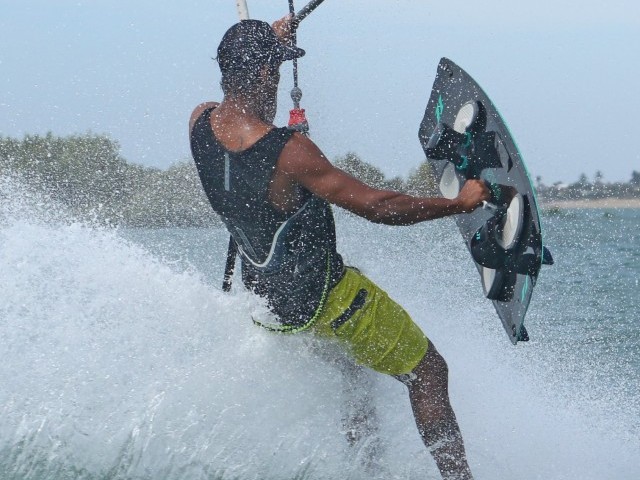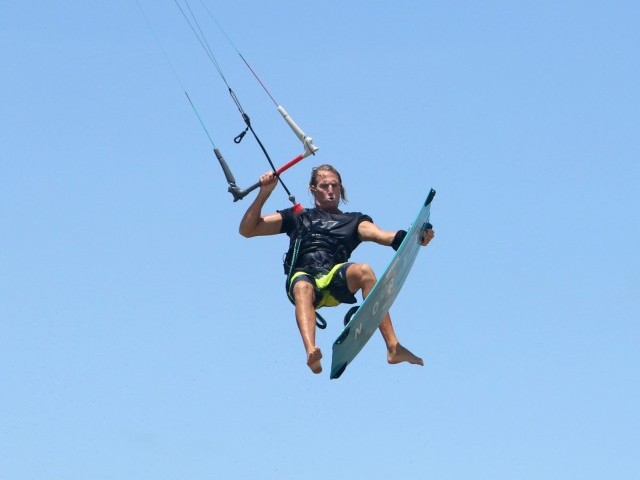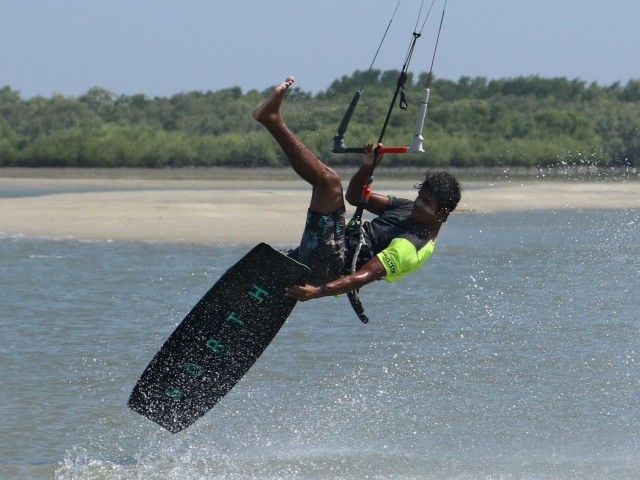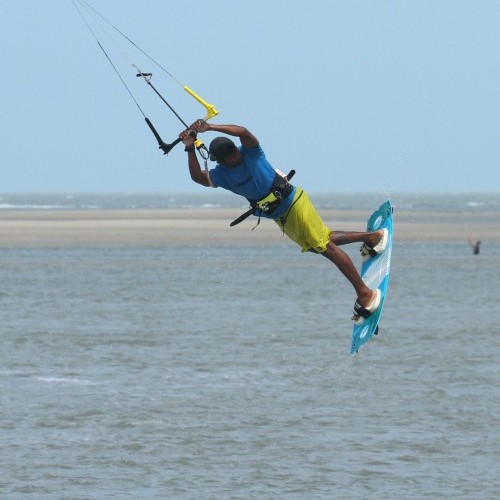
Double Hinterburger Mobe
Technique / Advanced
Introduction
Assuming that you’ve done your homework and nailed the Hinterburger Mobe, here’s another challenge. The joy of freestyle obsession and learning tricks is that you never get to sit on your laurels, there’s always something else waiting in the wings. This time round we’re adding another back rotation before the pass, squeezing out every nanosecond of airtime from your pop to fit it all in.
To stomp this, we’ll be looking at how to get the second rotation in, so read on if you’re game!
As a prequel, let us just remind you of the necessary approach to make sure that the ingredients are correct. You’ll need some oomph in the kite, more than a touch of speed and also a bit of pull. You’ll need to trim for unhooking, enough so that the kite doesn’t stall, but you don’t want the back lines and kite flapping, else you won’t be going anywhere. Approach should be as any powered pop move, plenty of speed on an edge before bearing off with your weight back over the tail, unhooking and then carving hard up against the kite. Kite position should be erring on the higher side, so get it just below 11 or 1 o’clock.
Take Off Pic A.
You definitely want height and time, so just before carving up and stomping, a short sharp send of the kite to get it moving up to just above 11 or 1 o’clock is more than acceptable, and to be fair for your first attempts taking it almost up to 12 will help, even if it means a cheeky tweak down later on. As before you need a flicked take off, so a hefty carve up and an even meatier stamp. This will result in an extended take off with both plenty of height and pull. You can see that Heliarde is not using his head to rotate as he’s just aiming on maximum take-off. Don’t be tempted into rushing into the rotation, your aim is to get going up with a pause before you add the rolls...
First Rotation Pic B.
Once you’re on the way up and you know that you’ve got the kite where you want it, it’s then time to initiate a fast rotation. The way to do this is to lead with your hands and head. This will twist your upper body around quickly, and as is the want of the body and legs, they are guaranteed to follow. By leading with the head you will know where you are, which is critical as you can then get an idea of timing for the next spin. The photo clearly shows how Heliarde is throwing his hands and head into the rotation and as such he can peer over his shoulder and gauge where he is ready for the second one.
And the Second Pic C.
This is the key part of the move and it all comes down to knowing where you are so that you can start the second rotation very early. Initiating your second rotation is the exact same movement as the first. As soon as you can see and feel that you’re coming around the first it’s time to press repeat. Throw you head and hands around as quickly as possible and this will lead the rest. Your head and hands are taking the shortest route possible, so they’ll encourage you to spin quickly. Here Heliarde has his head tucked into the rotation, looking behind him, and with his hands just above his head he can spin under the kite into a nifty second rotation. There’s no need to wait for the board and lower body to catch up.
That Same Old Friend Pic D.
By leading with the head and hands, you’re able to look over your back shoulder and get an early view of where you are, and therefore anticipate when you’ll need to prep the pass. As Heliarde spots the water downwind of him, he knows it’s time to go, so he starts to pull the bar in towards him.
Throwing It Pic E.
Now is the time to get yourself up and over the bar, bring your knees up and the board close, so that you’re compact, balanced and set to throw the pass. As Heliarde has pulled the bar in and past his hips, he turns his head aggressively and brings his board, knees and legs up before kicking his back leg through under the bar. He’s just released his front hand and will twist the bar to allow his shoulders to rotate further.
The Pass Pic F.
Now we should be in very familiar territory. With the bar twisted you should be able to roll around under the bar, which in turn will wrap the bar behind you, placing it within easy reach. This is a result of kicking the back leg through, as it moves you and the board under the bar, so you’re travelling with the kite and not getting left behind. You can see that as Heliarde wraps himself up in the bar, he’s reaching up, hand to hand, looking for the bar and ultimately the pass. Keep your chin up as this will keep the board turning with you on axis. If you get this far the rest should be automatic! As Heliarde comes around he is still compact and upright. His legs are still up and he’s twisting his head and shoulders around so that he can land balanced and on the board. Be ready to take the impact as if you’ve got the height and pop, you’ll be coming in hot...
Top Tips
We mentioned at the beginning that your main aim here is to get the double back roll nailed in. As such it makes perfect sense to work on this part of the move first. If you can get a double spin in on the way up, you’ll have plenty of time to add your pass. By practicing this you’ll also get a much better awareness of where you are and where the kite should be, which will benefit your timing and your success.
Now have a good look at the videos and sequence to see it play out. Notice how the take off and timing of the first back roll as almost identical to the single version, it’s just the early and fast initiation of the second spin that’s key.
Common Problems
If you’re struggling to get 2 rotations in, and feel like you’re just being pulled by the kite, try to keep your arms in a bit closer from the off.
If you’re rotating quickly but don’t have time to pass, either you need to stall the rotation until post take off or you need to use the kite a bit more to gain some extra time in the air.
If you’re getting pulled over on landing, make sure that you really pull the bar in hard before releasing your front hand and try and keep the elbow locked in close and chin up once you’ve passed.
Keystones
- Use kite & pop hard
- Pop up before rotating
- Keep arms close and lead with head
- Start 2nd rotation early
- Anticipate pass with hard pull
This technique article was in Issue 74 of IKSURFMAG.
Related
By Christian and Karine
Christian and Karine have been working together as a coaching team, running improver to advanced kitesurfing clinics since 2003.





